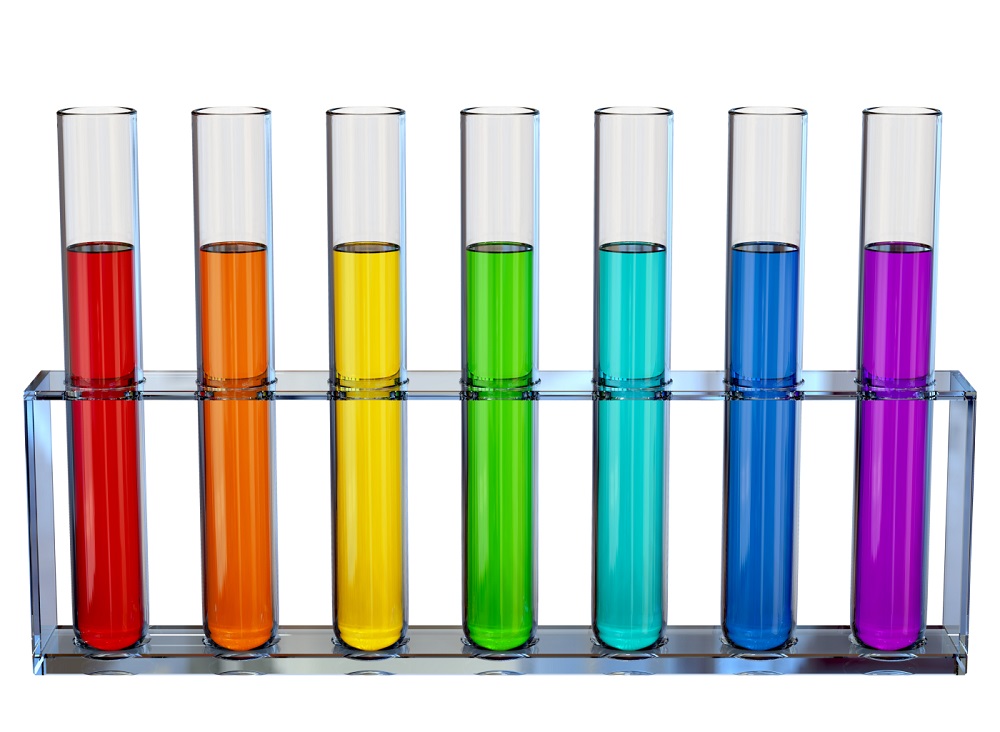What does the colour of your urine says about your health
Urine colour should never be ignored. The normal urine is clear with a straw yellow to amber color accounted for by a pigment called urochrome. However, persistent urine discolouration such as bloody urine is an alarm sign that necessitates next presentation and further assessment at the hospital. Below is a review of several possible colours of your urine and what they could mean for your health:
Straw Yellow to Amber
When your urine is pale yellow to amber colour, it shows you are well hydrated, and there is nothing to worry about. But, dark shades of yellow such as deep yellow could be pointers to dehydration. And often than not, the urine colour normalizes as you progress your fluid intake
Colourless urine
A colourless urine points to excessive dilution of urine due to too much water, use of diuretics, a medical condition that occurs as a result of a failure of the posterior pituitary gland to secrete sufficient Antidiuretic Hormone a collapse of the kidneys to counter to the hormone leading to the passage of copious amounts of diluted urine. It’s important to note that if excessive hydration due to drinking too much or the use of diuretic medications has been excluded, it becomes necessary to consult your doctor for further evaluation.
Red urine
Red bloody urine is often an alarm sign that normally warrants more expert evaluation since it ordinarily points to problems along the urinary tract ranging from infections, stones, and cancers to trauma. However, certain things like beets, blueberries, and red dyes may also add a red colour to the urine.
Milky Urine
Passage of cloudy or milky urine often suggests a bacterial urinary tract infection especially when it is accompanied by a burning sensation during urination (dysuria) and frequency. The presence of lymphatic fluid in the urine (chyluria) can also give a similar picture.
Blue or Green
This is a relatively rare urine colour that could be quite scary. It may be observed in individuals suffering from porphyria, a genetic enzymatic disorder due to a defect in the synthesis of red blood cell hemoglobin. However, artificial colours in foods or drugs, as well as medications like methylene blue, can also add such a strange colour to the urine. In rare instances, some unusual urinary tract infections can give rise to bluish or greenish urine.
Black urine
A black urine is mostly seen in alkaptonuria, a rare autosomal recessive disorder of tyrosine metabolism heading to the buildup of homogentisic acid in the blood which is then rapidly cleared by the kidneys through the urine. This accounts for the black discolouration of the urine in this condition.
Orange urine
Orange discoloration of the urine can occur after taking some medications like rifampicin and pyridinium. Rifampicin is a first-line antituberculosis drug. In the same vein, consuming orange foods like carrots can add an orange tinge to the urine.
Dark Brown
When the urine colour is dark brown, it may be the result of an increase of conjugated bilirubin due to critical liver damage. A liver disorder should be speculated if dark brown urine is characterized by yellowness of the sclera and skin.
If you come across any of the abnormal colour urine, it is advice to reach out to your doctor. Who will conduct the necessary test to diagnose the issue.
Tags: urine colour, urine test, Urology



 (+91) 880 557 7600
(+91) 880 557 7600
 Abhyankar Road, Dhantoli, NAGPUR-12
Abhyankar Road, Dhantoli, NAGPUR-12






Leave a Reply